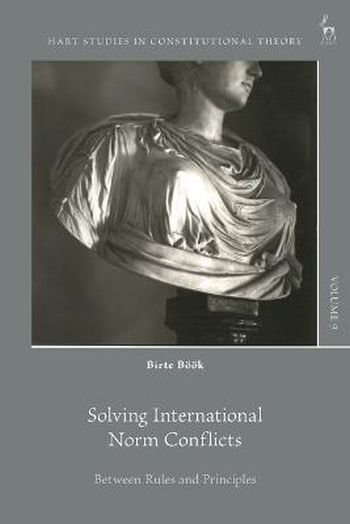
This book provides a theoretical framework which clarifies how different types of international norm conflicts can be solved efficiently. By drawing on Robert Alexy's distinction between rules and principles, it develops a novel approach which helps better identify and conceptualise norm conflicts and their resolution.
The book develops a unique method by which to identify norms of international law as rules and principles respectively. Using examples taken from different international legal regimes, such as international environmental law and international human rights law, it argues that it is indeed possible to distinguish between the two types of norms within the body of international law.
It goes on to use this distinction to consider which tools are available at the international level to resolve conflicts involving either type of norm, highlighting their gaps and inefficiencies.
Finally, it provides a new framework to be used for looking at international conflicts and provides several case studies which show that drawing the distinction between rules and principles can be a means by which scholars, judicial bodies and states may analyse ambiguous judicial decisions or international legal provisions, and thus foster greater clarity in the field of international law.